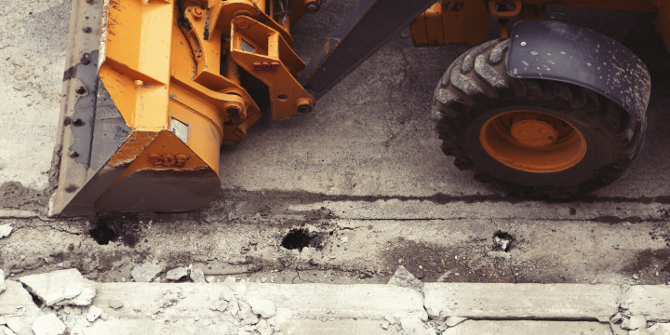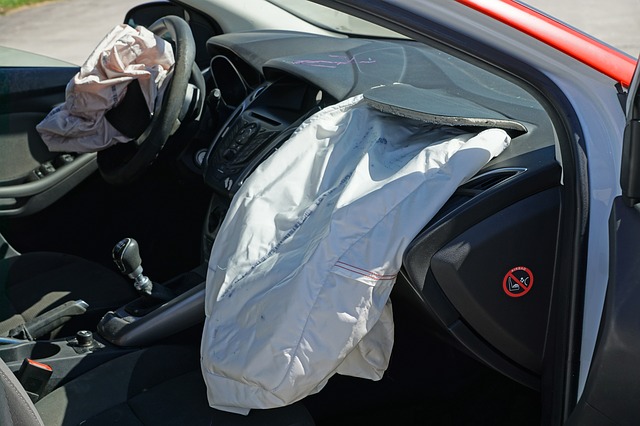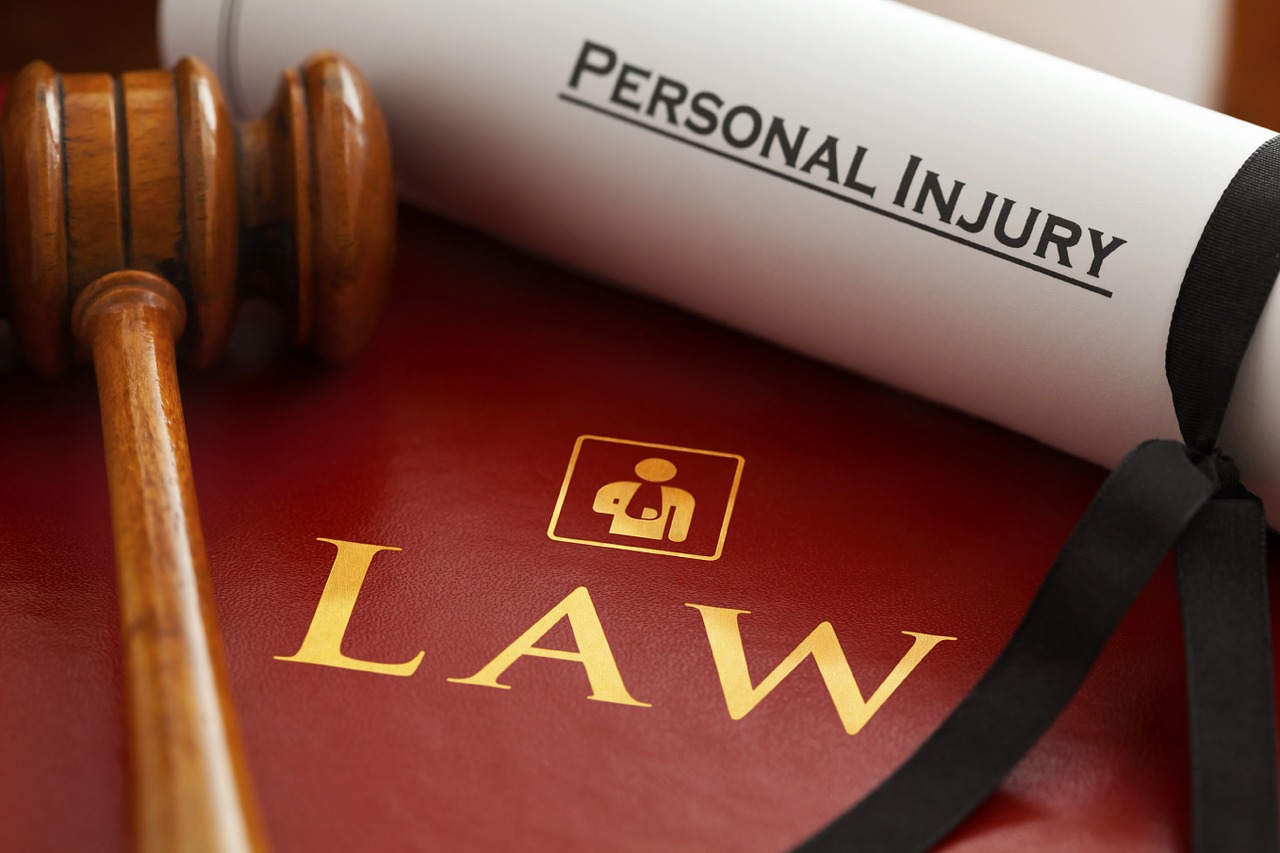Construction Industry Injury Trends
The construction industry employs about six million people, and makes up around 4% of the work force in the United States. Construction sites contain a variety of safety hazards that contribute to serious work-related injuries and fatalities. In 2012, almost 20% of the 806 work-related deaths in the U.S. occurred in the construction industry. According to the Occupational Safety and Health Administration (OSHA), the majority of these construction fatalities stemmed from four factors: falls, being struck by an object, electrocutions, and becoming caught in a deadly situation (cave-ins, body being pulled into machinery, etc.).
Here are a few additional insights into construction workplace accidents:
- They vary by state: In 2014, Oregon had 45 construction-related deaths and Washington had 66.
- Fall protection is the most frequently violated OSHA Standard.
- 60% of injuries in the construction industry occur during the first year of employment.
- Construction fatalities have declined 36% since 2005.
Of course, it’s best to avoid injury altogether. Let’s take a look at how to do that in the construction industry.
Avoiding Injuries at Work: Special Tips for Construction Workers
- Never enter an unprotected trench. Trench collapses are common and cause dozens of fatalities and many more injuries each year.
- Ensure loads are secure. In 2014, OSHA fined Missouri-based company $110,400 for 11 safety violations. That company failed to protect workers from trench cave-in related hazards and more. Construction workers should educate themselves on how to set up trench work, and how to check that material loads are securely locked in place. If safety setups aren’t in line with OSHA standards, work in unison with your fellow contractors by immediately approaching management, and requiring employers to follow legal requirements.
- Inspect and Train. Lack of quality inspection and training programs often lead to work-related injuries. Be sure your employers attend to both aspects: inspection and training.
- Examine fall safety equipment prior to use. If your safety harness is frayed or torn, don’t begin work until your employer provides a new one that’s free of weaknesses. Advocate for yourself and your fellow workers by ensuring that webbing is in place when working at height. Make sure all clips are fully locked into place before working at height.
- Fully use all safety equipment provided by your employers. Minimize your chance for injury by properly using any goggles, face shields, respiratory systems, and other available safety equipment.
Workers’ Compensation: What You Should Know
Most people are aware that workers’ compensation will provide some initial benefits and compensation for the injured party due to a work-place injury or fatality. However, if someone else (apart from your employer, or co-workers) was responsible for your injury, or was at fault for something that caused you harm, you have specific rights, and could also be entitled to greater compensation than the workers comp benefit will provide. Call our office for more information.
What to Do If You Are Injured in a Construction Accident
- Immediately Report the Claim to your Employer, in writing if possible, retaining a copy of the complaint for yourself.
- Seek immediate medical attention for your injuries.
- Complete a Claim Form. Upon learning of the accident, the employer is required to offer the worker a claim form at once. Fill out the form completely, providing as many details as you can. Keep a copy of the claim form.
- File the Claim ASAP. Your case could be weakened if you don’t file a claim form quickly.
Injury claims often include complex issues, including compliance with safety standards and regulations. A law firm that specializes in injury law can help you understand these details, and ensure that all avenues of available compensation are pursued.
For instance, if someone other than an employer or a co-worker is responsible for an injury sustained at work, you may be eligible for a personal injury claim. Since contractors and sub-contractors are not considered employees, you may have a claim if they are shown to be at fault.
At the Law Office of Gregory E. Price, we have more than 30 years of experience with Vancouver and Portland work injury claims from work-related incidents. It’s important to know your rights and what benefits you may be entitled to receive. Call us for a consultation to discuss your options.









